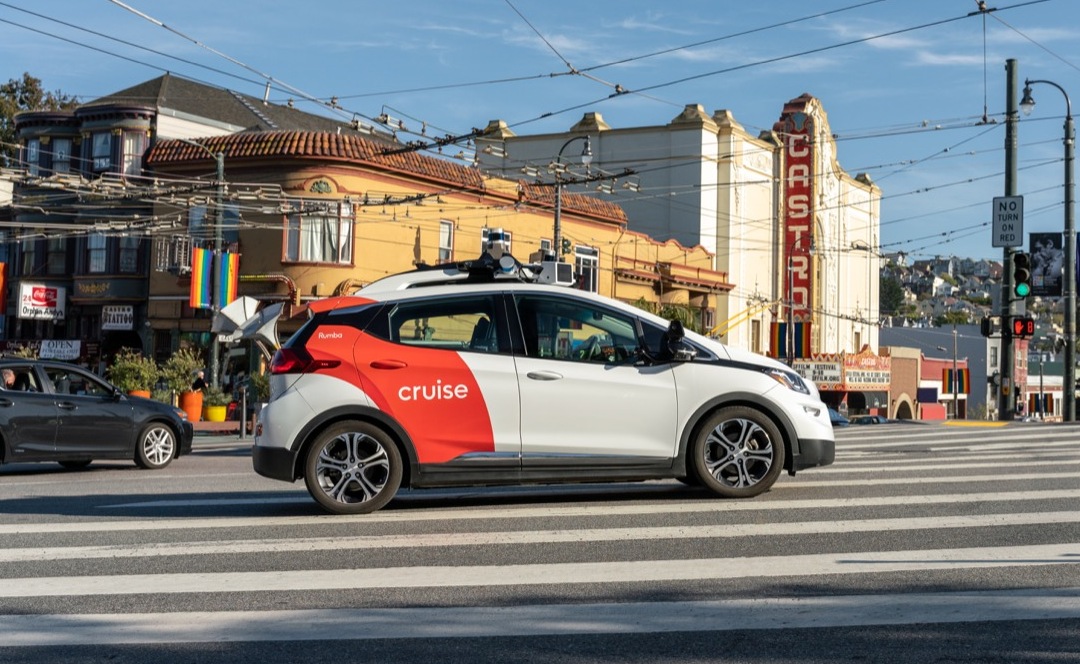In a groundbreaking joint study conducted by The University of Michigan Transportation Research Institute and Cruise, the autonomous vehicle (AV) subsidiary of General Motors, self-driving taxis have emerged as a significantly safer mode of transportation compared to traditional cabs with human drivers.
The study, aimed at establishing a safety benchmark for human-driven taxis, relied on a comprehensive dataset comprising 5.6 million miles of ride-hail driving information. This extensive dataset allowed for a thorough comparison of safety performance between human-driven and autonomous vehicles.
The findings of the study are striking. Human-driven taxis were found to be involved in 64.9 collisions per million miles driven, while Cruise AVs (Autonomous Vehicles) were only involved in 23 accidents per million miles. Notably, the human-driven taxis were responsible for 32.5 collisions per million miles, in contrast to the mere 2 collisions attributed to Cruise robotaxis. Moreover, 11.8 collisions per million miles carried a significant risk of injury for human-driven vehicles, compared to a mere 3 per million for Cruise autonomous vehicles.
It’s important to highlight that the data used for both human-driven and self-driving taxis was collected in San Francisco, and the study excluded accidents that occurred at speeds exceeding 55 miles per hour.
While these findings underscore the superior safety record of AV robotaxis, it’s worth noting that the study was sponsored by Cruise and its parent company, General Motors. This association raises questions about potential bias in the research, although the data itself remains compelling.
Despite the positive safety results, Cruise AVs have faced challenges in real-world deployment. Recent incidents in Austin, Texas have drawn attention to the operational difficulties faced by autonomous vehicles. Witness reports describe a “crowding event” involving Cruise AVs causing a traffic jam, despite being part of the same network. Cruise has also received complaints in Austin, including incidents where human-driven vehicles collided with Cruise AVs. However, it’s crucial to note that these incidents, as per the study’s findings, did not result in any fatalities or injuries.
Cruise CEO Kyle Vogt has defended the company’s position, suggesting that media coverage has sensationalized these incidents. He emphasized that, despite minor traffic delays, Cruise AVs provide significant public benefits to the community.
Meanwhile, Cruise eagerly awaits regulatory approval from the National Highway Traffic Safety Administration (NHTSA) to commence production of the Cruise Origin. This groundbreaking vehicle has been designed from the ground up as a dedicated self-driving robotaxi, representing the next frontier in autonomous transportation.

